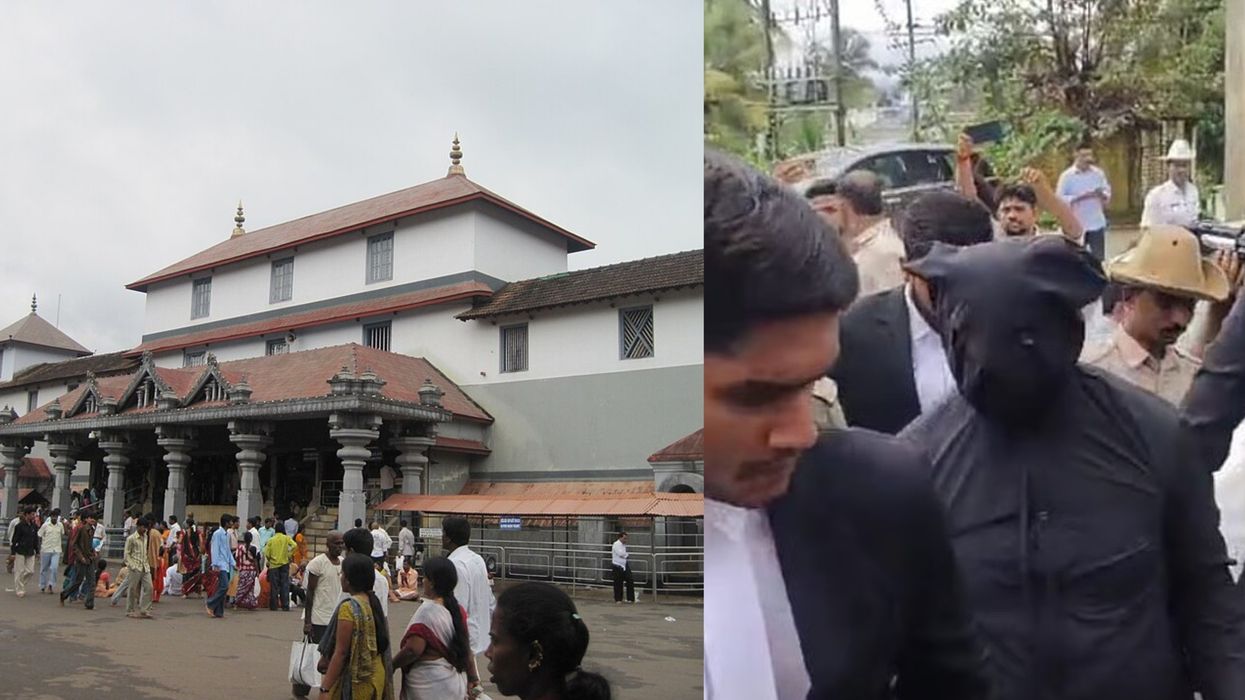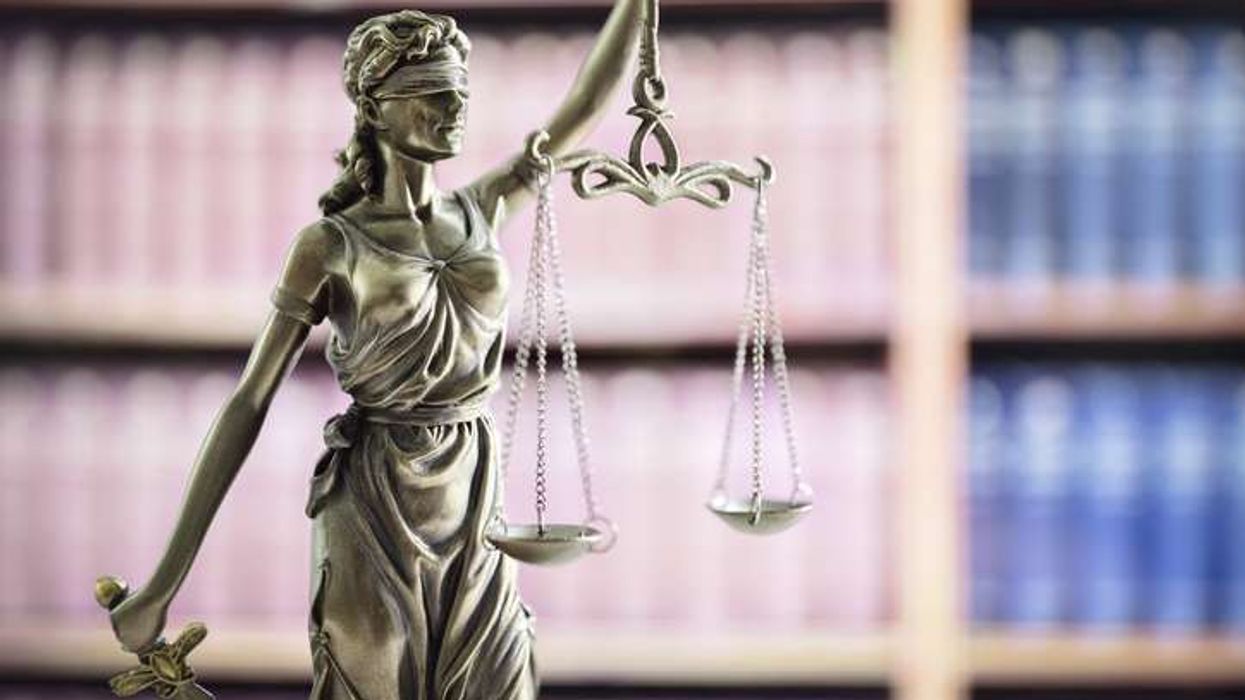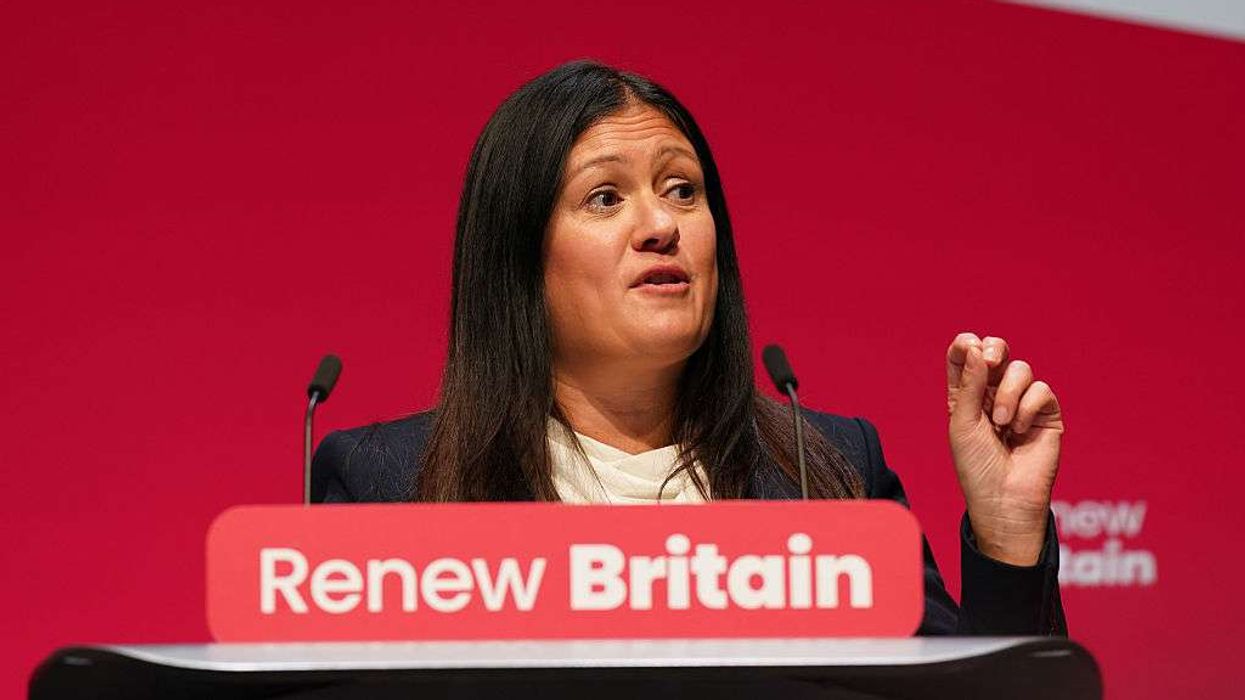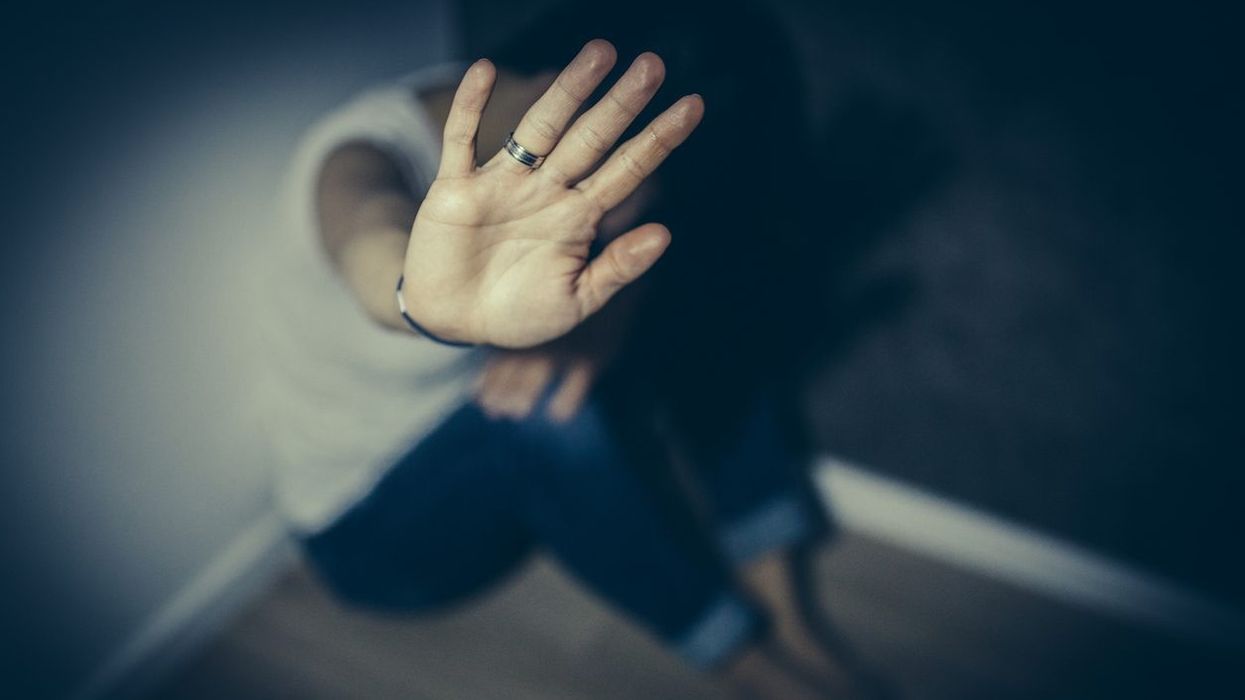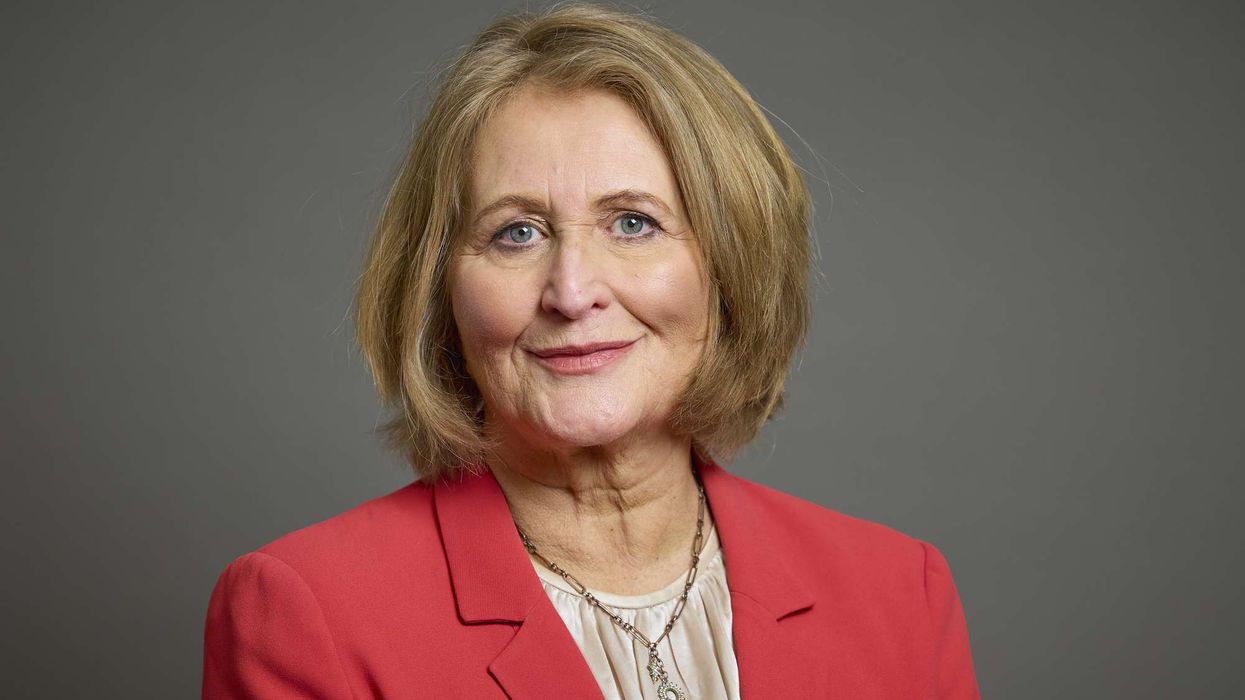Highlights:
- Skeletal remains found on 31 July at Dharmasthala’s sixth excavation site, possibly male, marking first forensic breakthrough
- The complaint was filed by a Dalit former sanitation worker alleging forced burials of murdered and assaulted women and minors from 1995–2014
- SIT led by DGP Pronab Mohanty is probing 13 sites; five prior sites showed no human remains
- Forensic tests and DNA analysis are underway, while families of missing persons are filing fresh complaints
The temple town of Dharmasthala in Karnataka has been thrust into the national spotlight after skeletal remains were discovered on 31 July 2025, during a Special Investigation Team (SIT) excavation near the Netravathi River. This is the first confirmed physical evidence in an ongoing investigation into allegations of secret burials of sexual violence and murder victims spanning decades. The discovery, made at the sixth of 13 suspected sites, is being seen as a turning point in the probe initiated after a former sanitation worker came forward with explosive claims.
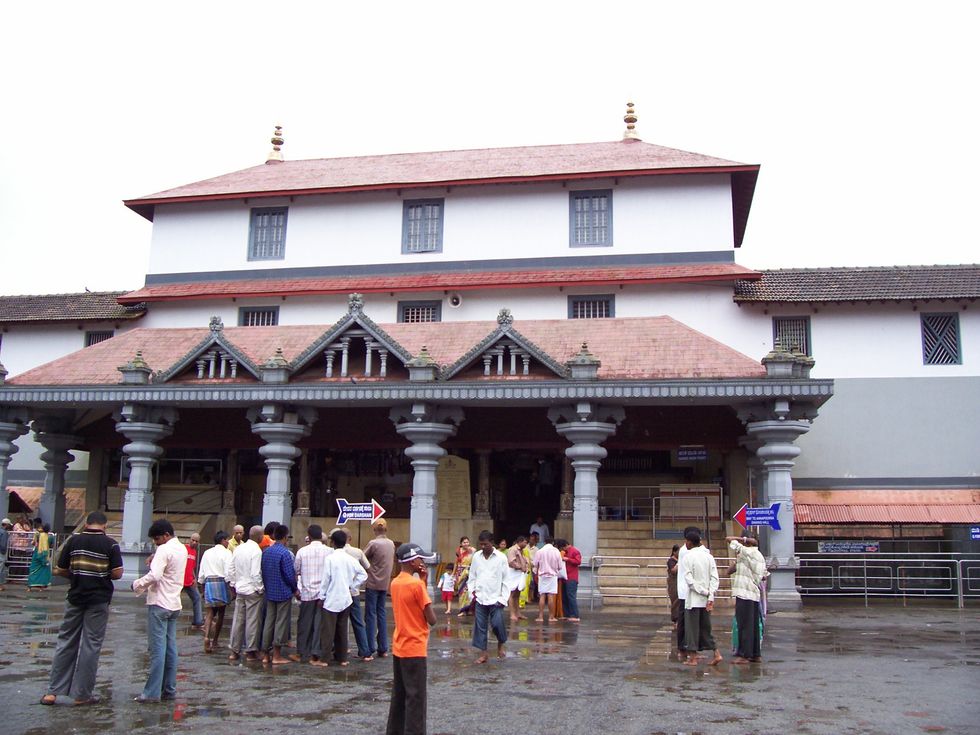
What are the Dharmasthala mass burial allegations?
A former temple sanitation worker, now 48, filed a formal complaint on 3 July 2025, stating he was coerced, under death threats, into burying bodies of murdered women, minors and destitute men during his service between 1995 and 2014. The complainant claimed that many victims had visible signs of violence such as strangulation, acid burns and partial nudity. According to his statement, he personally buried hundreds of victims across the temple town's forested regions and riverbanks. He specifically recalled burying a young schoolgirl in uniform and a woman scarred by acid, claiming these acts were covered up under threats. A First Information Report (FIR) was registered on 4 July under provisions of the Bharatiya Nyaya Sanhita.
The allegations triggered widespread public anger, with the Karnataka State Women’s Commission demanding a high-level inquiry. Activists have also linked these claims to long-standing unresolved cases, including the 2012 rape and murder of 17-year-old Sowjanya, which remains unsolved.
What did the SIT find during excavations?
Following mounting pressure, the state government set up an SIT on 19 July, led by senior IPS officer Pronab Mohanty. The team began exhumation work at multiple sites from 29 July. The whistleblower identified up to 15 potential burial sites. The team, including forensic specialists, is systematically excavating each location, using machinery like mini excavators and tools to aid their search. Every step is videographed for transparency. Initial excavations at five locations did not yield any human remains.
What exactly was found at the sixth site?
Digging deep into forested land near the Netravathi River, SIT members and forensic experts recovered approximately 15 bones on the third day of excavations. Initial observations suggest the remains likely belong to a male individual. Alongside the bones, fragments of cloth were also collected. This discovery followed extensive digging at five other locations identified by the protected whistleblower. The findings have been sent to the state Forensic Science Laboratory (FSL) for detailed analysis, including DNA testing and determining the cause and approximate time of death. Heavy rain and difficult terrain had complicated earlier efforts.
While Site 6 produced remains, the first five sites dug between 29 and 30 July found no human evidence. At Site 1, unrelated items like a debit card and a male PAN card were found; the PAN card led investigators to a family who confirmed the man died naturally in March 2025, suggesting the card was lost or discarded earlier.
Why has a media gag order been issued?
Even as the SIT continues its investigation, a Bengaluru civil court passed a controversial ex parte gag order blocking over 8,800 online links that referred to the whistleblower’s claims. The plea, filed by a relative of the temple’s leadership, argued that the allegations were unverified and defamatory, while many argue that this order curtails free speech and hinders accountability.
The court will review the gag order on 5 August. Activists and media watchdogs argue that gagging information on such serious allegations may weaken public trust in the legal process.
Who is leading the Dharmasthala probe and what’s next?
While SIT chief Pronab Mohanty currently leads the investigation, reports suggest he has been listed for central deputation. Karnataka’s Home Minister clarified there is no formal transfer request yet, but concern remains that any leadership change could affect the pace and integrity of the probe.
The team has been tasked with examining 13 potential burial sites. Following the skeletal discovery at Site 6, the SIT may now prioritise excavation at Site 7 and other high-yield locations flagged by the whistleblower. Experts also suggest deploying ground-penetrating radar and trained sniffer dogs to assist further.
What are families of missing persons saying?
For decades, families in the Dharmasthala region have grappled with unexplained disappearances, often feeling their pleas were ignored. The whistleblower's claims and the subsequent discovery of remains have reignited painful hopes for answers.
As developments unfold, families who lost loved ones in the Dharmasthala region have come forward to file fresh complaints. One woman, whose MBBS student daughter vanished during a 2003 college trip, has requested that authorities investigate whether her daughter is among the buried victims. Activists claim over 360 missing persons cases from the Dharmasthala area remain unsolved. The discovery, even if preliminary, validates their persistent demands for a serious investigation.
What is the significance of Dharmasthala and who leads the temple?
Dharmasthala is one of Karnataka’s most prominent pilgrimage sites, home to the 800-year-old Manjunatha Temple. The temple is administered by Dharmadhikari Veerendra Heggade, a Rajya Sabha MP nominated by the BJP. The temple trust also runs schools, museums and social welfare initiatives. However, many feel the influence may have contributed to the silencing of serious allegations in the past.
The current probe has reopened public scrutiny of the temple’s operations and whether certain past crimes were systematically buried, literally and figuratively.

What happens next in the Dharmasthala mass grave investigation?
- The SIT will continue excavating remaining burial sites
- Forensic results from Site 6 will determine the sex, identity and likely cause of death of the skeletal remains
- Families of missing persons may submit DNA for cross-matching
- The court will revisit the gag order on 5 August
- SIT leadership and political involvement remain closely watched
The search for truth continues
The discovery of skeletal remains at Site 6 has transformed the Dharmasthala mass burial case from a mere allegation into an evidence-backed probe. With real bones now in forensic custody, the investigation is no longer hypothetical. The coming weeks will decide if the truth about decades of alleged abuse, death and cover-ups in one of India’s most sacred towns can finally see the light of day, and whether justice will be delivered to those long forgotten.
